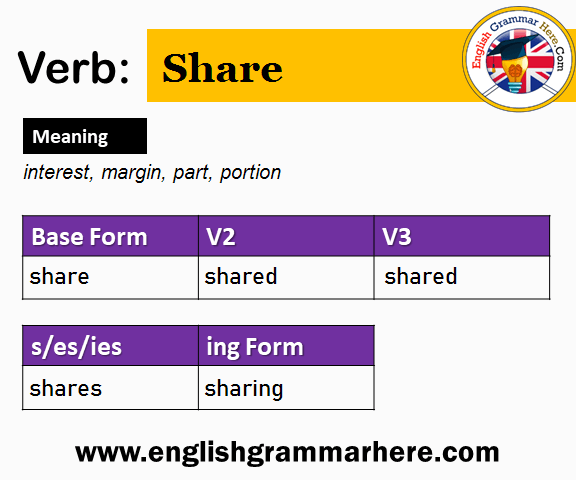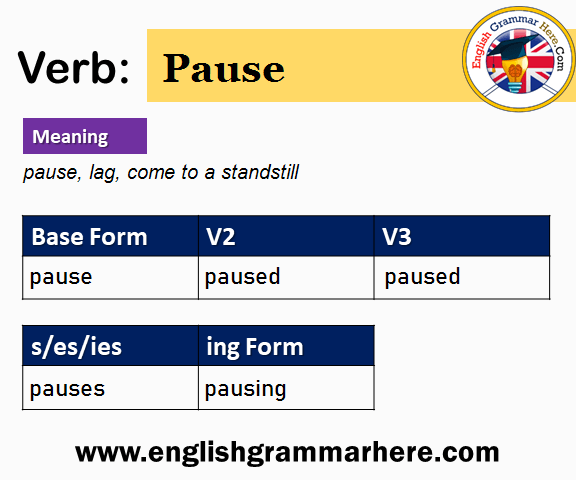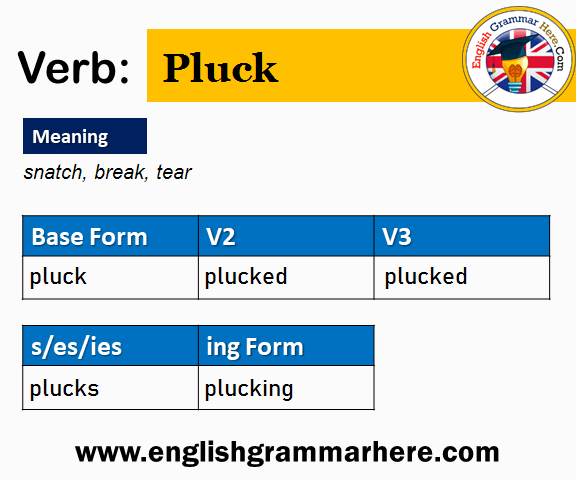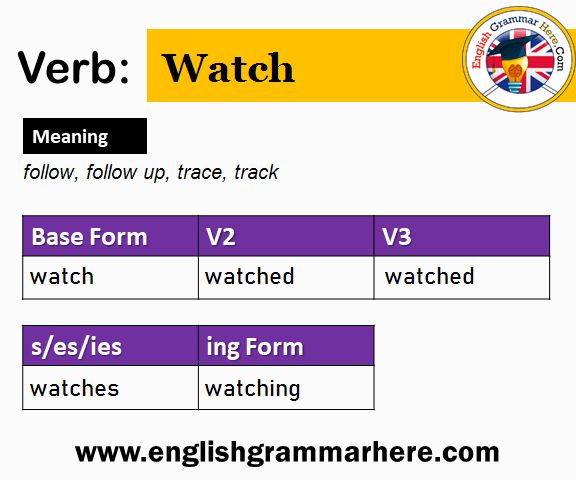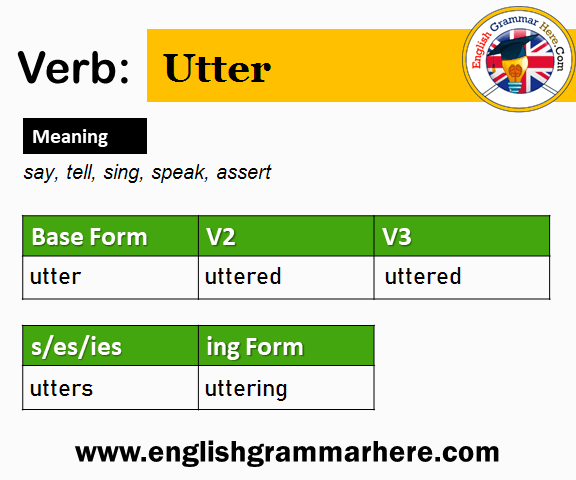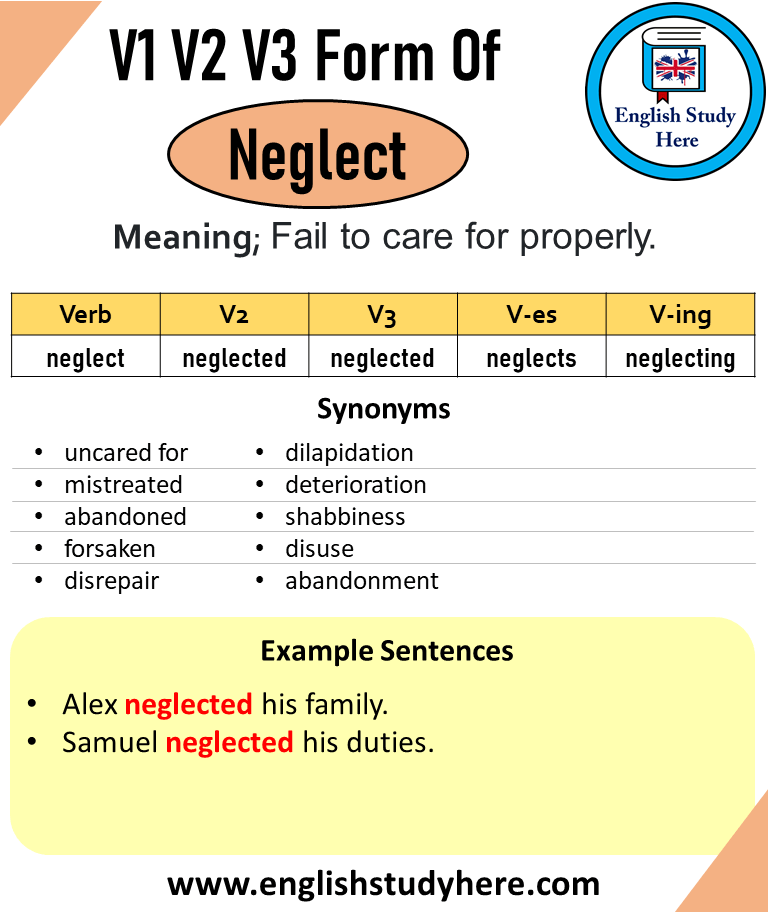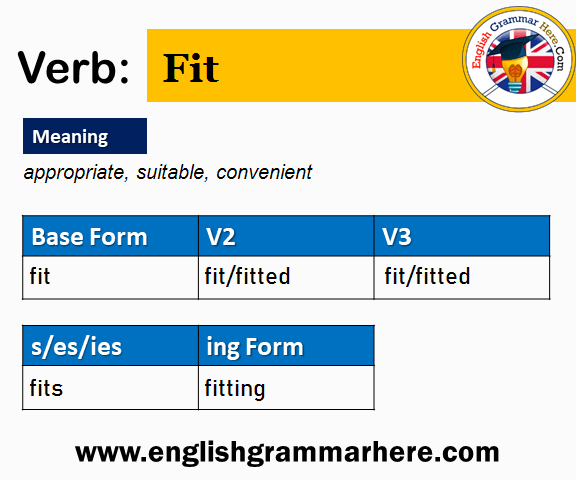Share Past And Past Participle Form V1 V2 V3 V4 V5 Form of Share
Have you ever wondered how the word “share” transforms through its various forms in English grammar? Understanding the past and past participle forms of verbs is crucial, whether you’re a student, a professional, or someone looking to polish their English skills.
By mastering these forms, you enhance your communication and writing abilities, making your interactions more effective and precise. This article is your go-to guide for exploring the V1, V2, V3, V4, and V5 forms of “share. ” Discover how each form is used in sentences and see examples that make learning simple and engaging.
Stick with us, and you’ll soon find that navigating English grammar is easier than ever. Let’s dive in and transform your language skills today!
Share (Meaning / Definition)
The verb share means to have or use something at the same time as someone else, to give a portion of something to another, or to tell someone about (e.g., feelings, information, or an experience).
Example:
“We agreed to share the costs of the road trip.”
Forms of the Verb “Share”
The verb share is a regular verb. Its past tense and past participle forms are created by simply adding -d (since the base form already ends in ‘e’).
The word share is a verb. It has different forms. The base form is share (V1). The past tense is shared (V2). The past participle is also shared (V3). The present participle is sharing (V4). The third person singular is shares (V5).
These forms help in building sentences. Knowing them makes English easy. It helps in talking and writing. It’s important to learn them well. It improves language skills. Practicing these forms can be fun. Try using them in sentences. Make learning a habit. Understanding verbs is key to English. It makes communication clear and simple.
| Form | Name | Form | Example Sentence |
|---|---|---|---|
| V1 | Base Form / Present Simple | share | They always share their lunch with me. |
| V2 | Simple Past | shared | He shared his childhood story with the group yesterday. |
| V3 | Past Participle | shared | I have shared the document with everyone on the team. |
| V4 | Present Participle / Gerund | sharing | She is sharing her travel photos right now. |
| V5 | Third Person Singular Present | shares | The company shares its profits with its employees. |
Examples of Usage
| Form | Example Sentence | Context |
|---|---|---|
| V1 (Share) | Do you want to share this dessert with me? | Base form used with the modal ‘want to’. |
| V2 (Shared) | My sister and I shared a bedroom for ten years. | Simple Past tense, describing a completed past action. |
| V3 (Shared) | The secret has been shared among friends for decades. | Past Participle used in the Passive Voice (has been shared). |
| V4 (Sharing) | Sharing a meal is a great way to bond. | Gerund (V4) used as the subject of the sentence (a noun). |
| V5 (Shares) | He often shares motivational quotes on social media. | Simple Present tense (third person singular). |
Usage In Different TensesUsage in Different Tenses
Understanding the verb “share” in different forms is important. We use it to talk about giving something to others. Here are the forms: V1 is share, V2 is shared, V3 is also shared. These forms help us know when the action happens.
In continuous tense, we say sharing (V4). This means the action is happening now. For perfect tense, we use have shared (V5). This means the action is done before now. Each form helps us understand time better.
Here are some examples: “I share my toys.” “He shared his book.” “We have shared our secrets.” Using different forms makes sentences clear.
Common Mistakes And Tips
Many people make mistakes with verb forms. The word “share” can be tricky. It is important to know its forms. The base form is share. The past simple form is shared. The past participle is also shared. The present participle is sharing. The third person singular is shares.
Some people mix these forms. They might say “she share” instead of “she shares.” Always check your verbs. Use them correctly in sentences. It makes your writing clear and correct. Practice helps you remember. Keep practicing and soon it will be easy.
Conclusion
Mastering verb forms helps communication. Knowing “share” forms is useful. Clear understanding leads to better expression. People use these forms daily. Practice makes them easier. Sharing ideas needs correct verb use. Mistakes can confuse. Learn each form well. This enhances clarity.
Writing improves with practice. Speaking does too. Language connects us. Correct verb forms strengthen this connection. They make conversations smooth. Keep learning and practicing. Language skills grow with time. Understanding verbs is key. Enjoy the journey of learning. It enriches communication.
Share your knowledge confidently.
